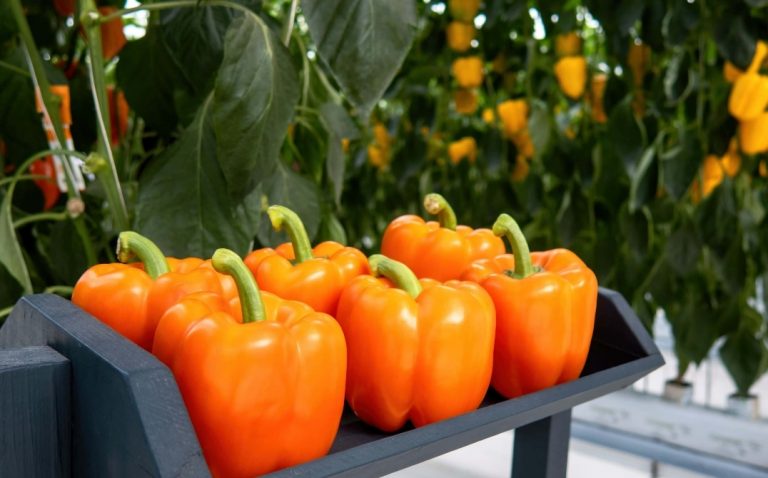Greenhouses are rapidly transforming the landscape of food security in urban areas, providing scalable, resilient, and efficient solutions to some of the most pressing challenges faced by modern cities. As urban populations surge and climate change disrupts traditional agriculture, Greenhouse growing emerges not just as a trend, but as a necessary evolution in how cities feed themselves. These high-tech growing systems allow fresh, nutrient-dense food to be produced locally and with minimal environmental impact — offering a robust answer to the food insecurity that plagues many metropolitan regions.
Urban areas often rely heavily on long-distance food supply chains, making them especially vulnerable to disruptions. From extreme weather events and geopolitical instability to fuel shortages and supply bottlenecks, these external factors can quickly lead to food shortages, price volatility, and limited access to fresh produce. Greenhouses mitigate these risks by enabling cities to grow food right where it’s needed. By shortening the supply chain, these Greenhouses drastically reduce transportation costs, emissions, and spoilage — ensuring a steady and reliable food supply that isn’t dependent on outside regions.
Advanced Greenhouse systems make this possible through innovations like hydroponics, aquaponics, and climate-controlled vertical growing. These technologies use up to 90% less water than conventional agriculture and require no arable land, which is a critical advantage in dense urban environments. Vertical Greenhouses, in particular, can be housed in unused buildings, rooftops, or custom-designed urban facilities, turning otherwise idle real estate into productive agricultural space. According to the United Nations Food and Agriculture Organization (FAO), vertical growing can produce 10 to 20 times more yield per square meter than traditional farming [https://www.fao.org/platforms/urban-agriculture/en/].
Moreover, these systems are resilient against unpredictable weather and climate variability. By operating in enclosed environments, Greenhouses are immune to droughts, floods, and frost — a key factor as cities worldwide face the unpredictable consequences of global warming. This stability ensures that food production continues uninterrupted, supporting food availability even in times of environmental crisis.
Greenhouses also play a crucial role in democratizing access to healthy food. In many cities, low-income neighborhoods — often described as “food deserts” — lack access to fresh fruits and vegetables. Locally operated Greenhouses can help close this gap by supplying community markets, food co-ops, and nonprofit distribution channels with affordable, fresh produce. Some city programs even support community-run Greenhouses, which empower residents to grow their own food, develop agricultural skills, and participate in a more equitable food system.
In addition to improving access and sustainability, Greenhouses support food security by increasing transparency and traceability. With digitally controlled systems, every aspect of the growing process — from seed to harvest — is tracked and optimized. This level of precision not only improves yield and nutrient density but also enhances food safety by minimizing contamination risks and enabling quick recalls when necessary. As food-borne illness outbreaks continue to rise globally, this level of control and data-driven accountability is increasingly essential.
From an economic standpoint, urban Greenhouse growing also supports local jobs and entrepreneurship. It fosters innovation in agri-tech and provides employment opportunities across engineering, logistics, agronomy, and retail sectors. Municipal governments and private investors are increasingly seeing Greenhouse growing as a viable avenue for economic growth, especially in underserved communities where traditional industries are in decline.
Education and public engagement are also being revolutionized through Greenhouses. Schools and universities are incorporating Greenhouse systems into their STEM curricula, while public Greenhouse installations help raise awareness about sustainable food production. This increased visibility helps shift cultural attitudes about where food comes from and who can participate in growing it — making food production a more integrated part of urban life.
By reimagining agriculture for the urban environment, Greenhouses are not only increasing access to healthy, local produce but also enhancing urban resilience in the face of climate, economic, and social pressures. They offer a proven, adaptable model for sustainable food production that aligns with the evolving needs of 21st-century cities — making them a cornerstone in the future of urban food security.




